РУС | ENG ⛩ 金光教 Konkōkyō believer who was born and raised in Russia 🕊️❤️🩹 Creator of "Konkōkyō in Russian" web-site: https://konkoinrussian.wordpress.com/ 講元 Founder of the 金光教ロシア講 Konkōkyō Roshia Kō
Don't wanna be here? Send us removal request.
Text
Konkokyo in Russia!
There has been a renewal for the Konkokyo in Russia website! Please take a look here, and please feel free to share.
For further information about the Kyoha Shinto faith Konkokyo in Russian, as well as if you'd like to join a Russian-language group and possibly as well a worship group, please email:
Thank you!
6 notes
·
View notes
Text
I got some omamori just yesterday!

Here’s some close ups of some (^ω^)
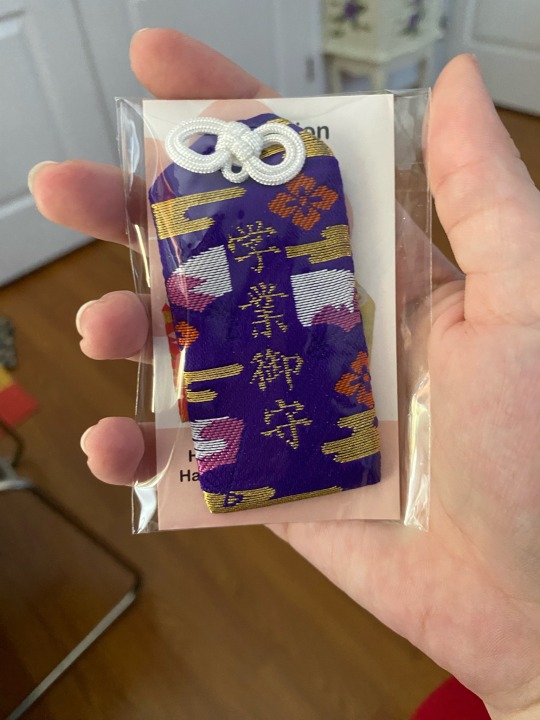
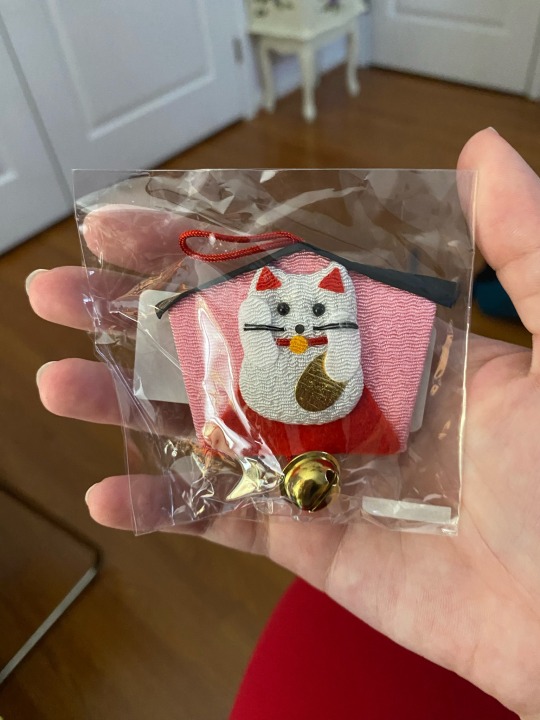
This one’s my personal favorite.
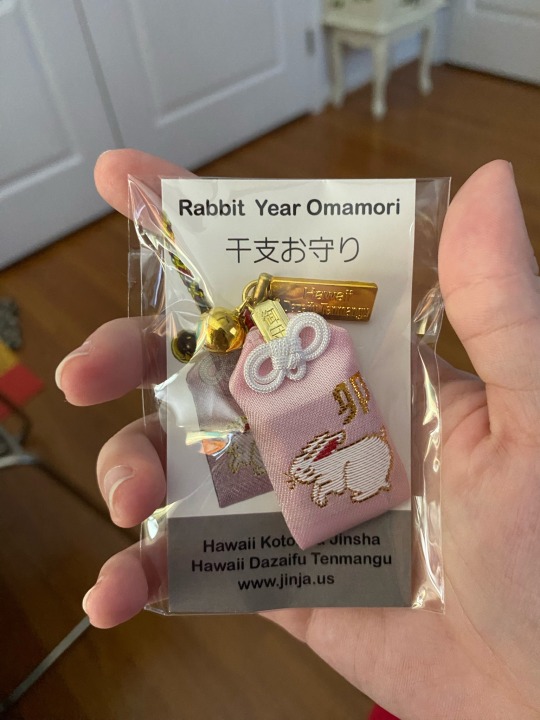
7 notes
·
View notes
Text
Oracles of the Three Shrines / Sanja Takusen (三社託宣)
This is one of my favourite teachings and piece of Shinto history. I've always really liked these, so I wanted to share with you all! It has a bit of a controversial history as you can read on the Kokugaukuin entry, but, it's important to note this - "However, even if assuming they were a forgery, the content of the oracles still had moral efficacy.
The oracles were thus not rejected as an effective means of cultivating the morals of the common people such as bringing about a sense of devotion for the kami, and won support from adherents of popular Shinto (tsūzoku shintō), teachers of practical ethics (sekimon shingaku) and persons connected with Buddhism espousing the unity of the three teachings, i.e. Shintō, Buddhism, and Confucianism.
A vast amount of handbooks, picture scrolls and prints were produced for the common people.
Moreover, pious associations (kō) offering dedicatory lanterns (tōrō) to the three shrines were formed in various places.
Faith in the sansha takusen deeply permeated the whole country and did not abate throughout the early modern period.."
(Additionally, many Sanja Takusen shrines for the three Kami-sama were enshrined and established together at particular Jinja, I remember in particular Kibitsu Jinja has a space for them!)
I adjusted the official English translation slighty (you can see the official one on Kokugakuin here) And, I've also included easy to read Japanese and explanation in Japanese as well - courtesy from this website page and the author
These teachings emphasize honesty, sincerity (spiritual 'cleanliness' / clarity), and mercy / compassion
----
Amaterasu Omikami-sama:
"If you plot and scheme to deceive people, you may fool them for a while, and even seem to have profited from doing so. But you will without fail be visited by divine retribution. To be deeply sincere and honest may have people shun you and speak ill of you, but in the end, such a person will receive the blessings of the sun and moon."
【天照皇大神宮】
ぼうけいはがんぜんのりじゅんたりといえども、かならずしんめいのばつにあたる。謀計は眼前の利潤たりと雖も、必ず神明の罰に当る。
訳:謀をめぐらして人を欺くことは、目前の利益になるかもしれないが、必ず神様の罰にあたるぞ。
しょうじきはいったんのえこにあらずといえども、ついにはにちげつのあわれみをこうむる。正直は一旦の依怙に非ずと雖も、終には日月の憐れみを蒙る。
訳:正しき直きこころはその場のたのみにならない場合もあるかもしれないが、最終的には神様の恵みをいただくぞ。
Hachiman Okami-sama:
"Follow sincerity without fail. Though one could attempt to eat a red-hot ball of iron, one must never eat food from a person with an insincere heart. Though one might sit above a blazing fire hot enough to melt copper, one must never go into the place of a person of an insincere mind. This is to keep a clear heart."
【八幡大菩薩】
��つがんをしょくすといえども、こころけがれたるひとのものをうけず。 鐵丸を食すと雖も、心汚れたる人の物を受けず。
訳:たとえ、食べ物がなく鉄の塊を食べたとし ても、心汚れた人の食べ物は受けるなよ。
Kasuga Okami-sama:
【春日大明神】
"Even though you may see someone of a household who seems to have managed for long to avoid misfortune, the Kami will not enter into the household of a person with a perverse and cruel disposition. On the other hand, even though a man be in mourning for his father and mother*, if he is a man of compassion, the Kami will enter in his home. Compassion is all important."
せんにちのしめをひくといえども、じゃけんのいえにはいたらず。千日の注連(しめ)を曳くと雖も、邪見の家には到らず。
訳:たとえ、長��期間に亙って神聖な生活をしていて汚れていなくても、邪な家には行ってはいけない。
じゅうふくしんこうたりといえども、じひのしつにおもむくべし。���服深厚たりと雖も、慈悲の室に赴くべし。
訳:たとえ、重い忌服であったとしても、死の穢れを厭うことなく、哀れみ慈しみ深い家には行かなければならない。
*[Traditionally, there is an idea someone in mourning would be considered to have kegare, negative energy, bad energy - and therefore the Kami-sama would avoid them and they should avoid the Kami-sama. But the teaching here says even though he is in mourning and may have kegare, his heart is pure and compassionate, so the Kami-sama will enter his home regardless]


65 notes
·
View notes
Text
"Shinto rituals in particular offer no explanations and no resolutions and promise no results in the ways that other religious activities do. And yet they do provide a vehicle whereby the individual, however small and insignificant he or she may be, can become a temporarily sanctified participant in a divine order."
—A Year in the Life of a Shinto Shrine, by John K. Nelson
6 notes
·
View notes
Text

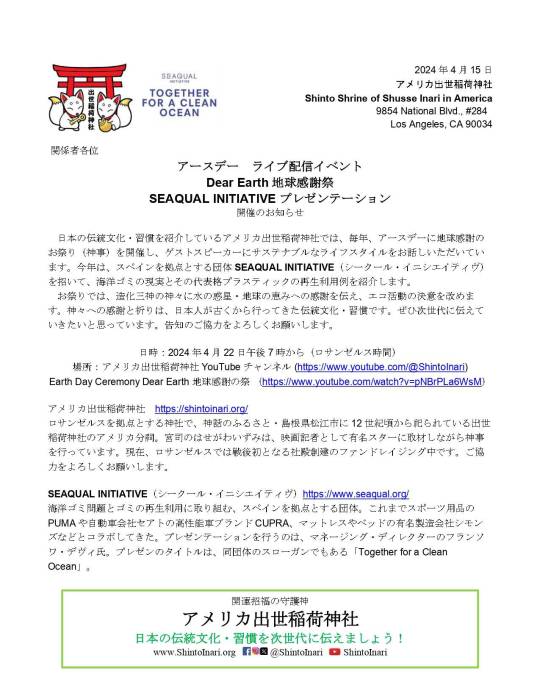
Notice from Shusse Inari Shrine of America! EARTH DAY SHINTO CEREMONY LIVESTREAM on Monday April 22nd, 2024 at 7:00pm (19:00) PDT! YouTube Link: https://www.youtube.com/live/pNBrPLa6WsM?si=8foclAbHzUbIpchf Please come join if you are able to!
#shinto#shinto shrine#shusse inari shrine of america#shusse inari shrine#inari faith#inari shrine#inari shinto#Shinto ceremony#ceremony#online ceremony#earth day
45 notes
·
View notes
Text
御神米 Goshinmai in Konkokyo.
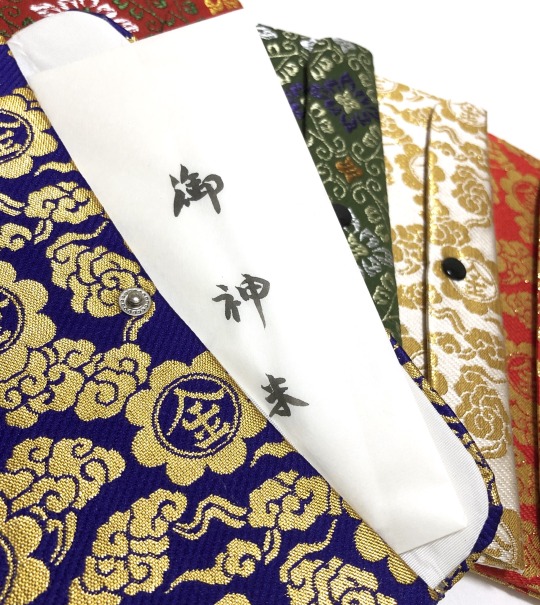

Resource: 御神米入 | https://okamotoshinki.com
Goshinmai(御神米 "Sacred Kami Rice", "Divine Rice") is an envelope of rice paper with a dozen of consecrated uncooked rice. Tenchi Kane No Kami prayers are performed over the rice. It is then washed with consecrated water and dried under the sun before being left to rest under the moonlight. The next morning, the rice is sprinkled with sacred blessed sake and placed in a small triangular white rice paper envelope.
Rice is a symbol of life and Goshinmai symbolizes the blessings of Tenchi (天地, Universe). Rice is grown because everything in nature works in harmony with each other, including humans. It represents the virtue of Tenchi Kane No Kami and the wish that these blessings are never forgotten.
Goshinmai can be forward by visiting a church and making a donation at the Toritsugi Mediation Desk, but it is also given to believers who ask for a blessing with a sincere heart. Goshinmai is believed to help with illness, recovery from injury, childbirth or difficulties in life.
One who receives Goshinmai can eat it either raw or cooked. The rice can be kept in a special pouch on one's altar, in one's purse, or on the windshield of one's car. All of this reminds us of Kami-sama's blessings and that He is constant presence with us.
The main thing is to take care of Goshinmai and cherish it, remembering Kami-sama's daily blessings.
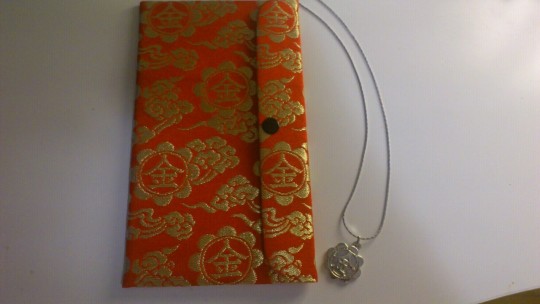

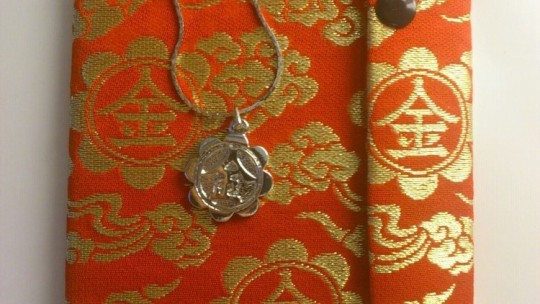
Rev. Olivia's Bernkastel(@livingwithkami) Goshinmai, photo by @konkokyo
13 notes
·
View notes